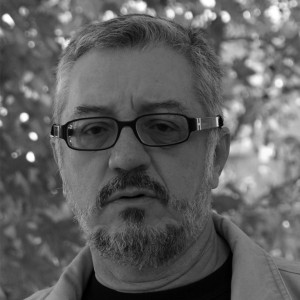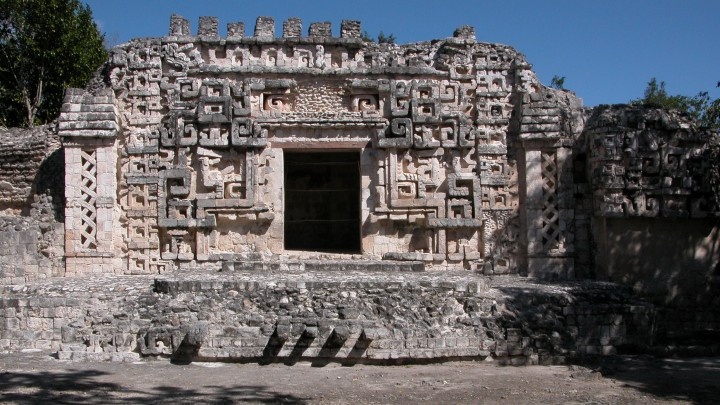The known remains of this small settlement are located on a natural 100-foot-high elevation, which dominates the extensive, fertile savanna of red earth known as kankab. The sides were modified with terraces on which dwellings of various sizes were built, and which were furnished with chultuns, or subterranean cisterns, to collect rainwater.
The site was occupied between around 300 and 1000 AD. The site reached its apogee between the years 600 and 900, when the monumental buildings we can see today were erected. They belong to the Chenes architectural style, clad with small and regularly cut blocks of stone with a stucco covering and painted in various colors, notably with an intense red hue.
The most eye-catching structure features an enormous stucco facade mask of the Earth Monster, the mythical creator of life in Mayan mythology, who could be equated to the god Itzamna. In fact the word Itzam means lizard, an animal symbolic of the earth. Its mouth is an opening surrounded by fangs or curved teeth. Its eyes and ear flares can be seen. To either side there are stucco facade masks of the same deity, but shown in profile. The houses to the sides of the facade feature woven mats, the sign of a building that had political authority.







